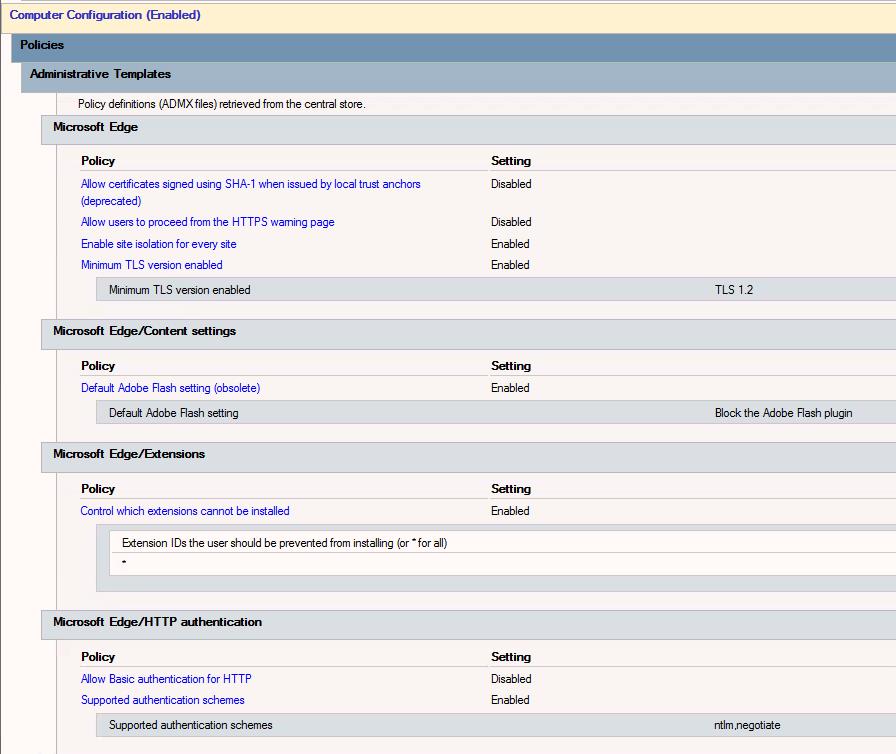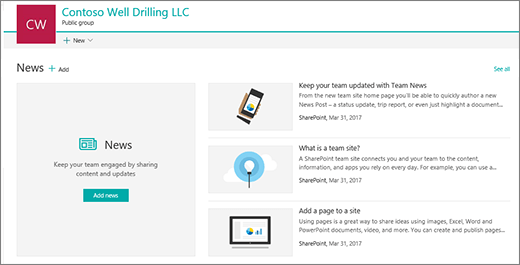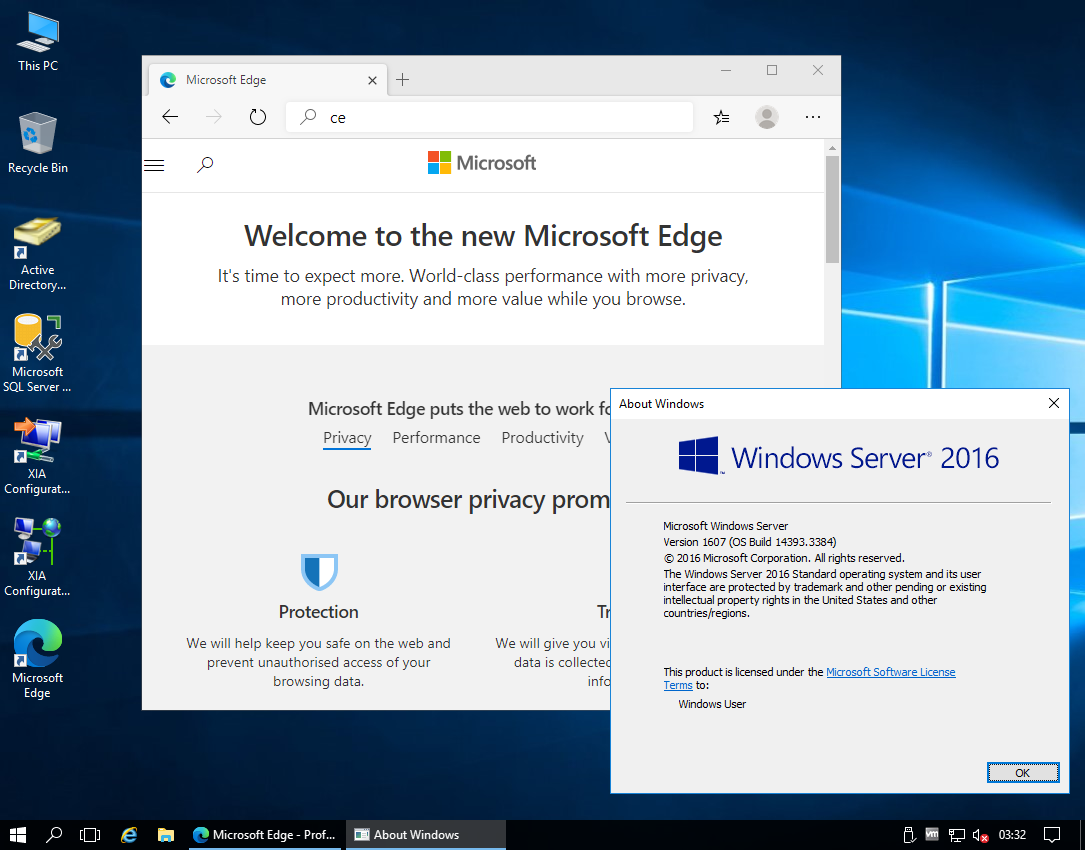Installing Microsoft Edge on Linux. There are two ways to get started with Microsoft Edge on Linux. The simplest approach is to download and install a.deb or.rpm package directly from the Microsoft Edge Insider site – this will configure your system to receive future automatic updates. Microsoft Edge is now available in preview for Linux, and by extension, Chrome OS. Thanks to the built in Linux container, Chromebook users can download and install Microsoft Edge alongside Google.
Microsoft Edge for Linux is now a thing, so in this post we show you how to install the browser on Ubuntu, Linux Mint, and any related Linux distributions.
In guide we show you how to install Microsoft Edge on Ubuntu (or any Ubuntu-based Linux distribution, like Linux Mint) in two ways: graphical (GUI) method, and command line (CLI) method.

How To Reinstall Microsoft Edge
Microsoft Edge was removed from Windows Server 2016 during the release candidate stage. It cannot be installed on it either. According to Microsoft: The Long-Term Servicing Branch (LTSB) versions of Windows, including Windows Server 2016, don't include Microsoft Edge or many other Universal Windows Platform (UWP) apps. Since you’ll be installing Microsoft Edge’s latest Linux client, you will first need to enable Linux on your Chromebook if you haven’t already. To do that, visit your Chromebook’s “Settings” from either the app drawer or the quick settings panel (by clicking on the time in the bottom-right corner of the home screen). Microsoft's Chromium-based Edge was first released in January to Windows consumers and enterprises, and it was later released to macOS users. Edge is already available on Android and iOS, and now.
It doesn’t matter which method you choose as you will download and install the exact same version of Microsoft’s new-fangled browser. Plus, both methods set things up so that you get future updates as and when they’re released, automatically.
Microsoft Edge is based on Chromium, the open-source browser engine developed (though not exclusively) by Google. Any website, web app, or web service that works in any Chromium-based browser, such as Google Chrome, will work in Edge too.
Even better: you can install Chrome extensions in Edge too (though Microsoft maintains its own extension hub for browser add-ons).

Read our hands on with Edge for Linux development builds for a broader overview on what works, what doesn’t, and what you should keep in mind if you plan to use it otherwise.
How to Install Edge Browser on Ubuntu
Keep in mind that Microsoft Edge for Linux is in developer preview. It is not “stable”. It is not even a beta. Some features (like browser sync) are currently unsupported on Linux. Are there bugs? Yup. Will it crash? Quite possibly!
Please note: this article is about how to install Edge on Ubuntu, not why you should install it. You decide which software you use on your system. And if you don’t want Edge? That’s fine! But you probably won’t be reading a “how to” guide on the topic!
Graphical/GUI way
Installing Edge using a graphical user interface is easy as Microsoft provide official installer packages for Ubuntu and Fedora-based distros. You can use these builds to install the browser on your system using your distribution’s package manager.
1.Go to Microsoft Edge Download Page
In a web browser open the official Microsoft Edge download page. There you’ll find two builds for Linux. Chose the ‘Linux (.deb)’ option for Ubuntu.
2. Download Edge for Linux
Choose to save the .deb package to your Downloads folder (or any other. directory you can access easily). If you’re using Firefox you can check the “Save File” option to do this.
3. Double click on the installer
Let the download complete then use your file manager to find the Edge Linux installer. Finally, double-click on the saved file to start installing and follow the on-screen prompts.
When you install using the official installer the Microsoft Edge repository is added to your system’s list of software sources. You can upgrade to new versions of the browser as they’re released using the regular Software Updater tool.
4. Open Microsoft Edge.
Install Microsoft Edge For Windows 10
Let the install finish up then open the browser from the Applications grid (or whatever app menu, launcher, etc you use on your system.
Terminal/CLI way
Prefer to install software from the command line? We got you covered. Just copy/paste the following commands in to your terminal emulator of choice.
First: the set-up script. This adds the Microsoft Edge repo to your system, and imports the Microsoft GPG key to authenticate packages (so that you can be sure they are what they say they are):
Second step: run this command to actually install Microsoft Edge:

Once done, launch the browser from your favourite app launcher, or run microsoft-edge-dev from a command prompt.
Installing Microsoft Edge
How to Uninstall Edge
So you installed Edge. Grand. And you try it out. Awesome. But what happens if you want to remove it? Well, it’s easy to uninstall Microsoft Edge using the command line.
Just open a new Terminal window and run:
Alternatively you can open the Ubuntu Software app, search for ‘edge’ by name, click the result, and hit the ‘remove’ button.
Simple!
Summary

That’s it; you learned how to install Microsoft Edge browser on Ubuntu, Linux Mint, and other distributions in this article. All that’s left for you to do now is to open the browser up and start surfing the web!
It remains to be seen if Edge will find a big enough audience on Linux to sustain itself. The browser is up against stiff competition from the likes of Google Chrome, Mozilla Firefox, and Vivaldi.
While most Linux users will shudder at the thought of using it, I think it’s great to have the choice of using Edge on Linux.
